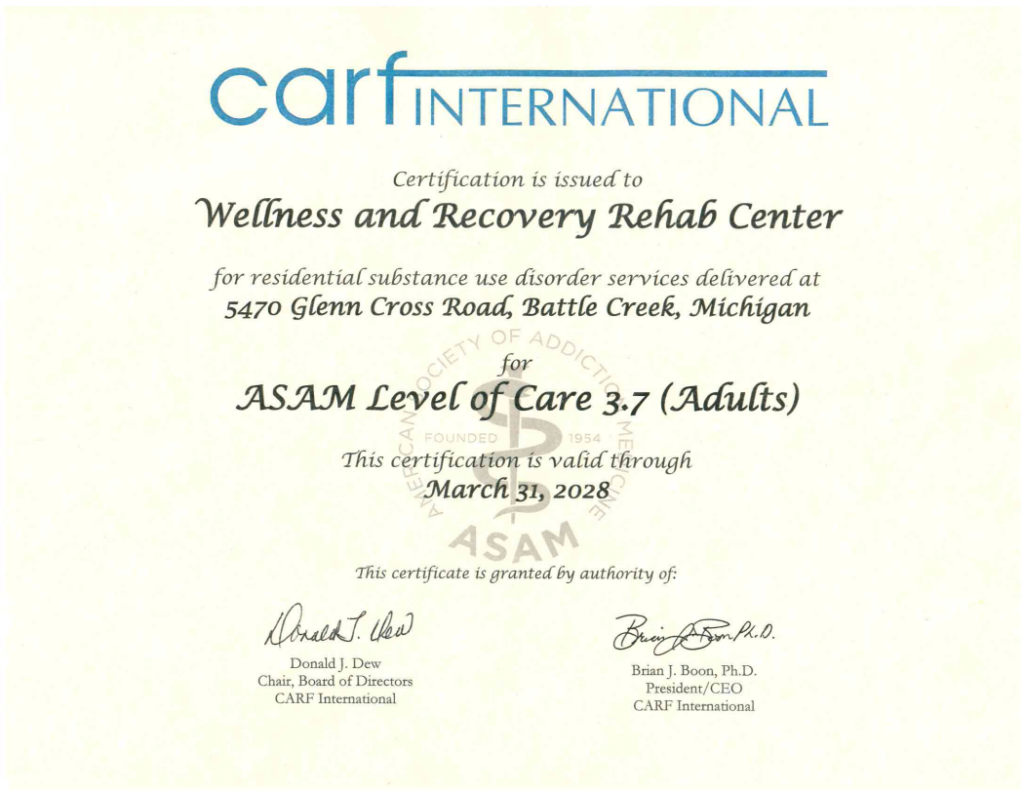Chronic pain is a neurological experience that physically alters the brain’s structure and function. This persistent signal triggers neuroplastic changes, often leading to a reinforced cycle of pain sensitivity.
The following describes some of the key effects chronic pain has on the brain and body:
When these levels are off, not only does pain feel more intense, but depressive symptoms can also take hold, making it harder to find relief.
Meanwhile, the amygdala, the brain’s fear center, can also become hyperactive, increasing feelings of anxiety and sensitivity to pain.
The mind and body are deeply connected, and when pain becomes a constant presence, it can chip away at mental well-being.
This increases the risk of depression in several ways, including:
When pain doesn’t let up, it’s easy to feel trapped. Over time, the daily struggle can lead to feelings of helplessness and hopelessness, two hallmarks of depression. Without relief in sight, a person may start to believe that nothing will help, making it even harder to seek support.
Chronic pain often forces people to cut back on activities they once loved. Hobbies, social outings, and even simple everyday movements can become too difficult. This gradual withdrawal from life’s joys can fuel loneliness and sadness, which are key contributors to depression.
While medications are sometimes prescribed to manage pain, they also come with risks. These drugs can alter brain chemistry in ways that increase depressive symptoms.
In some cases, dependency develops, creating an added layer of emotional distress and making it even harder to break free from the chronic pain and depression cycle.
Chronic pain and depression often intertwine, stemming from a complex interplay of biological, psychological, and social factors. Identifying these root causes is crucial for developing effective, personalized treatment strategies.
When the body is in pain, the mind struggles, too. Over time, this connection between physical pain and emotional distress can contribute to the development or worsening of depression.
Below are some common medical conditions that can make this cycle even harder to break:
When it comes to chronic pain and depression, the mind and body are deeply interconnected. Pain isn’t only physical; it’s also shaped by our emotions, thoughts, and daily habits.
Several key psychological and lifestyle factors can amplify pain and increase vulnerability to depression, making it essential to address these aspects for overall well-being, such as:
Chronic stress keeps the body in a heightened state of alert, increasing inflammation and making pain more intense. Past trauma, whether physical or emotional, can also rewire the nervous system, leading to heightened pain sensitivity and a greater risk of depression.
Quality sleep is essential for managing pain. When sleep is disrupted, the body’s ability to repair itself is compromised, leading to increased pain sensitivity.
At the same time, poor sleep affects mood regulation, making it harder to cope with daily stressors. This creates a vicious cycle where pain leads to sleepless nights, which in turn, worsen both pain and emotional distress.
Chronic pain often forces people to withdraw from activities they once enjoyed, leading to social isolation. When physical discomfort makes it hard to participate in social gatherings, relationships can suffer, and feelings of loneliness set in.
Over time, this isolation fuels depressive symptoms, making pain even more difficult to manage. Staying connected, whether through loved ones, support groups, or therapy, can provide a critical buffer against both pain and depression.
Living with chronic pain and depression can feel like being trapped in an exhausting cycle, where physical discomfort fuels emotional distress, and vice versa.
But how do you know if chronic pain and depression are linked? Here are some of the key signs of chronic pain:
Chronic pain isn’t just about aching joints or persistent headaches. Chronic pain can appear as a variety of symptoms, such as:
Because chronic pain and depression are so closely linked, the emotional impact can be just as intense as the physical pain itself.
Some common signs include:
If these symptoms sound familiar, know that help is within reach. Chronic pain and depression don’t have to define your life; there are ways to regain control, manage symptoms, and improve overall well-being.
That’s why we take a whole-person approach to healing, combining cutting-edge medical care with evidence-based therapy and holistic treatments.
Our goal at Wellness and Recovery is to help patients regain control over their lives, not just by managing symptoms but by addressing the root causes of both pain and emotional distress.
Healing from chronic pain and depression requires more than just a quick fix – it’s about building a lifestyle that fosters long-term well-being. By integrating these holistic treatments with medical and therapeutic support, we empower patients to take back their lives, one step at a time.
Some holistic treatments at Wellness and Recovery include:
This approach also helps regulate stress and mood, providing a sense of calm and control.
Creative expression offers a powerful avenue for healing and self-discovery. Art therapy provides a safe and supportive space to explore emotions, process trauma, and develop coping mechanisms that support both mental and emotional well-being.
At Wellness and Recovery, we guide individuals in using art as a tool for self-expression, fostering emotional resilience and promoting a deeper understanding of themselves.
When living with chronic pain and depression, it’s easy to feel trapped in a cycle where physical discomfort fuels emotional distress and vice versa.
Fortunately, there are several psychological and behavioral therapies that can help disrupt this pattern, offering new ways to cope and regain a sense of control.
Some therapies offered at Wellness and Recovery are:
Thoughts have power. When in pain, negative thinking patterns can take hold, reinforcing feelings of hopelessness and making symptoms feel even worse. CBT helps individuals recognize and challenge these unhelpful thoughts, replacing them with healthier, more adaptive perspectives.
By shifting the way one thinks about pain and the ability to manage it, CBT not only eases emotional distress but can also reduce the intensity of physical pain.
For many, chronic pain isn’t just about the body – it’s also deeply connected to past experiences. Trauma-informed therapy acknowledges this link, helping individuals process past wounds that may be amplifying their pain.
Whether it’s emotional trauma stored in the body or stress reactions that heighten pain sensitivity, this therapeutic approach fosters healing in a way that feels safe, supportive, and empowering.
Chronic pain can be isolating. It’s easy to feel like no one truly understands what you’re going through, but connection is a powerful medicine.
Engaging in group therapy or peer support networks can create a sense of belonging, helping individuals share their experiences, learn new coping strategies, and feel less alone in their journey. Sometimes, just knowing that others understand through shared experiences can be a powerful step toward healing.
By incorporating these evidence-based approaches, individuals can find meaningful relief, regain a sense of agency, and break free from the grip of chronic pain and depression.
When it comes to managing chronic pain and depression, a well-rounded approach that blends medical treatments with supportive therapies can make a world of difference.
No single solution works for everyone, which is why a combination of treatments can offer real relief. Some options offered at Wellness and Recovery are:
When it comes to healing, a comprehensive strategy that integrates both conventional and cutting-edge treatments can provide the best path forward. The goal isn’t just to manage symptoms but to restore quality of life.
Living with chronic pain can take a toll on one’s mental and emotional well-being, often leading to depression. When chronic pain and depression feed into each other, they create a vicious cycle that can feel impossible to break.
However, there are ways to break this cycle, such as:
Chronic pain and depression may feel overwhelming, but they don’t have to define your life. By taking steps early and making meaningful lifestyle changes, people can regain control and start moving toward relief.
The connection between chronic pain and depression is undeniable, creating a cycle where pain worsens mood, and low mood amplifies pain. But the good news? There are ways to break free.
At Wellness and Recovery, we understand that true healing requires a whole-person approach. Our expert team blends medical treatment, evidence-based therapy, and holistic wellness strategies to help you regain control of your health—whether you’re dealing with chronic pain, depression, substance addiction, or other dual diagnosis challenges.




